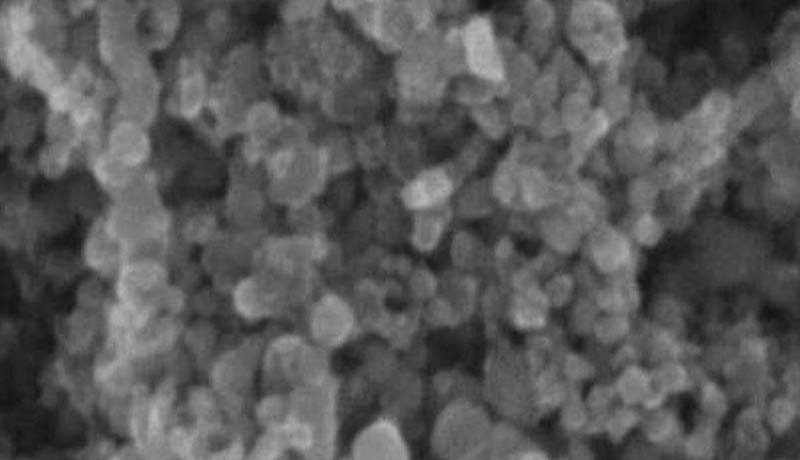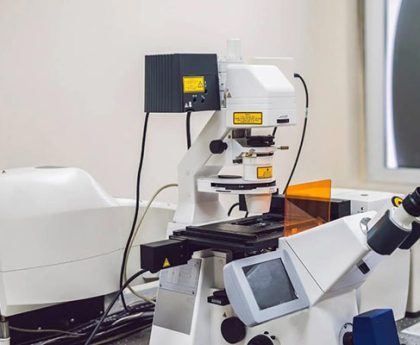Monomers and polymers are both important types of molecules found in nature and used in a variety of industries. Monomers are small, simple molecules that can join together to form polymers. Polymers are long chains of monomers linked together through chemical bonds.
Definition of Monomers and Polymers
A monomer is a small, single molecule that can bind to other monomers to form a polymer. Monomers are the building blocks of polymers and have the ability to repeat themselves in a polymer chain. Some common examples of monomers include monosaccharides (simple sugars), amino acids, and nucleotides.
A polymer is a large, complex molecule made up of repeating monomer units. Polymers can be natural or synthetic, and they have a wide range of properties and applications. Natural polymers include proteins, DNA, and rubber, while synthetic polymers include plastics, fibers, and adhesives.
Examples of Monomers and Polymers
Some common examples of monomers include:
- Glucose (a monosaccharide)
- Amino acids (the building blocks of proteins)
- Nucleotides (the building blocks of DNA and RNA)
Some common examples of polymers include:
- Proteins (polymers of amino acids)
- DNA (a polymer of nucleotides)
- Rubber (a natural polymer made from isoprene monomers)
- Plastic (a synthetic polymer made from monomers like ethylene or styrene)
Importance of Monomers and Polymers in Various Fields
Monomers and polymers play a crucial role in many different fields. In the medical industry, monomers like amino acids are used to make proteins and other important biomolecules. In the construction industry, polymers like concrete and plastic are used as building materials. In the food industry, polysaccharides like starch and cellulose are used as thickening agents and food additives. Monomers and polymers also have important environmental applications, such as the use of biodegradable plastics and the development of sustainable fuel sources.
Formation of Polymers from Monomers
Polymers are formed through chemical reactions called polymerization reactions. There are several types of polymerization reactions, including addition polymerization, condensation polymerization, and copolymerization.
Types of Polymerization Reactions
There are three main types of polymerization reactions: addition polymerization, condensation polymerization, and copolymerization.
Addition Polymerization
Addition polymerization is a type of polymerization reaction in which monomers are joined together through single bonds. This type of polymerization does not produce any byproducts, and the resulting polymer has the same chemical structure as the monomer. Examples of polymers formed through addition polymerization include polyethylene and polypropylene.
Condensation Polymerization
Condensation polymerization is a type of polymerization reaction in which monomers are joined together through double bonds. This type of polymerization produces byproducts, such as water or alcohol, during the polymerization process. Examples of polymers formed through condensation polymerization include polyamides (like nylon) and polyesters (like polyethylene terephthalate).
Copolymerization
Copolymerization is a type of polymerization reaction in which two or more different types of monomers are joined together to form a polymer. This results in a polymer with properties intermediate between those of the individual monomers.
Properties of Monomers and Polymers
Monomers and polymers can have a wide range of physical, mechanical, thermal, and chemical properties. These properties are determined by the chemical structure of the monomers and polymers, as well as the type of chemical bonds present.
Physical Properties
Physical properties of monomers and polymers include their appearance, density, melting point, and boiling point. These properties are often related to the intermolecular forces present in the substance. For example, substances with strong intermolecular forces tend to have high melting and boiling points, while substances with weak intermolecular forces tend to have low melting and boiling points.
Mechanical Properties
Mechanical properties of monomers and polymers refer to their behavior when subjected to external forces, such as tension, compression, and shear. These properties include elasticity, plasticity, and strength. Elastic materials, like rubber, can return to their original shape after being stretched or deformed, while plastic materials, like plastic, can be permanently deformed without breaking. The strength of a material refers to its ability to withstand external forces without breaking or failing.
Thermal Properties
Thermal properties of monomers and polymers refer to their behavior when subjected to changes in temperature. These properties include thermal expansion, thermal conductivity, and heat capacity. Thermal expansion refers to the change in size or volume of a substance due to a change in temperature. Thermal conductivity refers to the ability of a substance to conduct heat. Heat capacity refers to the amount of heat required to raise the temperature of a substance by a certain amount.
Chemical Properties
Chemical properties of monomers and polymers refer to their behavior when subjected to chemical reactions. These properties include reactivity, flammability, and stability. The reactivity of a substance refers to its tendency to undergo chemical reactions with other substances. Flammability refers to the ability of a substance to catch fire and burn. Stability refers to the ability of a substance to resist chemical reactions and degradation.
Applications of Monomers and Polymers
Monomers and polymers have a wide range of applications in various industries, including the industrial, medical, and environmental sectors.
Industrial Applications
In the industrial sector, monomers and polymers are used in the production of a variety of products, including plastics, fibers, adhesives, and coatings. Monomers like ethylene and propylene are used to make plastics, while polymers like polyethylene and polypropylene are used to make fibers and other products. Adhesives and coatings are often made from monomers and polymers as well.
Medical Applications
In the medical industry, monomers and polymers are used to make a variety of products, including drugs, medical devices, and implants. Polymers like polyethylene and polypropylene are used to make medical devices like stents and suture material, while other polymers like polyurethane and silicone are used to make implants like joint replacements and breast implants. Monomers and polymers are also used in the production of drugs, including drug delivery systems and drug-eluting stents.
Environmental Applications
Monomers and polymers also have important environmental applications. Biodegradable plastics, made from renewable resources like corn starch and potato starch, can help reduce plastic waste in the environment. Polymers are also being developed for use as sustainable fuel sources.
Future Prospects of Monomers and Polymers Research
There is ongoing research in the field of monomers and polymers to improve their properties and expand their potential applications. Some areas of research include the development of new monomers and polymers with improved mechanical, thermal, and chemical properties, as well as the exploration of new polymerization reactions and techniques. There is also a focus on developing more sustainable and environmentally friendly monomers and polymers, as well as improving the recycling and disposal of existing polymers. The future prospects for monomers and polymers research are vast, and the potential for new discoveries and innovations in this field is exciting.
Conclusion
In conclusion, monomers and polymers are important types of molecules found in nature and used in a variety of industries. Monomers are small, simple molecules that can join together to form polymers, while polymers are long chains of monomers linked together through chemical bonds. Polymers can be formed through various types of polymerization reactions, including addition polymerization, condensation polymerization, and copolymerization. Monomers and polymers have a wide range of physical, mechanical, thermal, and chemical properties, which determine their behavior and uses. Monomers and polymers have many industrial, medical, and environmental applications, including the production of plastics, fibers, adhesives, coatings, drugs, medical devices, and implants, as well as the development of sustainable fuel sources and biodegradable plastics.




